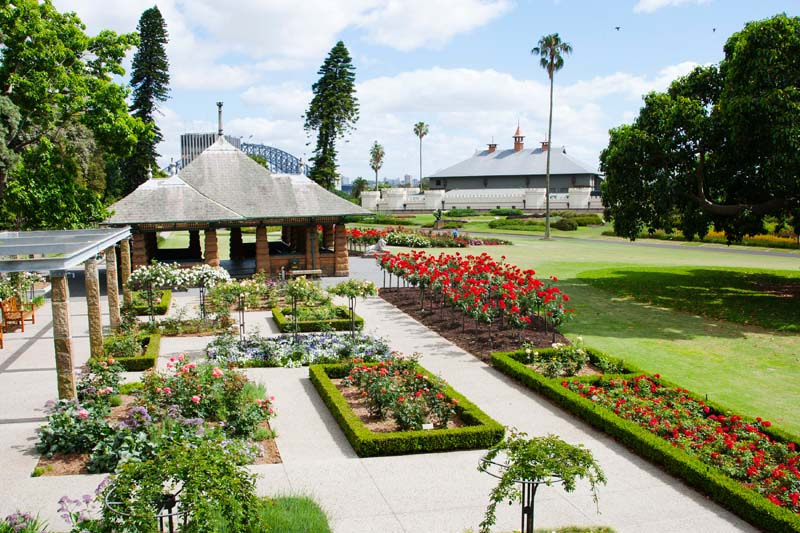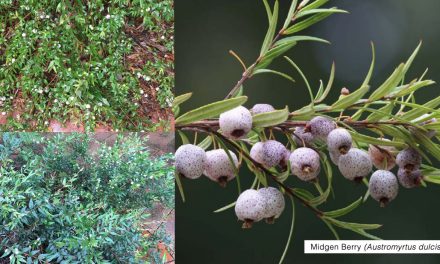Small trees less than ten metres tall are terrific in small gardens where space is at a premium. One of the biggest issues when choosing a small tree is deciding on which one, because there is a great range of trees suitable for Sydney’s climate.Frances Jackson
Options to consider include flower colour, size and shape of the tree, whether the flowers attract birds and insects, deciduous or evergreen, and the tree’s weed potential.
Deciduous trees
Deciduous trees are a great choice where winter sunlight is desirable. Consider a Cercis Canadensis ‘Forest Pansy’ for its spectacular pink flowers in early spring, followed by purple tinged leaves. This tree is ideal for small spaces where a splash of colour is required. If the lolly-pink flowers of the Cercis are a bit too bright, then the range of colours of the crepe myrtle cultivars (Lagerstroemia indica), including white, through to mauve, pink and crimson might prove to be more appealing.
Tibouchinas trees
If Jacaranda flowers announce that summer has arrived in Sydney, then Tibouchinas proclaim autumn’s arrival! Consider Tibouchina ‘Alstonville’ for its spectacular autumn flowers, evergreen foliage and a height of around six metres. The Cape Chestnut (Calodendron capense) from South Africa, another autumn flowering beauty, briefly loses its leaves in the ‘dry season’, usually early spring in Sydney. Its spectacular pale pink flowers cloak the tree in early autumn, contrasting beautifully with its attractive, shiny dark green foliage.
Autumn is the perfect time to start gardening
Plant trees in early spring or early autumn; this allows roots to establish well before the hottest part of summer. To give the tree a greater chance of establishing, it’s worthwhile spending some time getting the planting hole right. I prefer to allow for about 10cm of backfilled soil under the rootball. Make sure you rough up the sides and base of the hole with a spade or crowbar before planting and backfilling. The trick to backfilling is to resist the temptation to use compost or other organic material.
If the soil is particularly water repellent, apply wetting agent as directed when planting is completed, and incorporate a suitable slow release fertiliser into the top 10cm’s of the planting hole, usually a small handful for a 300ml pot is more than adequate. For best results, I always form the soil into a raised ‘saucer edge’ around the tree when I’ve backfilled it, this helps retain water long enough to soak into the soil. It’s also a good idea to mulch the tree, ensuring the mulch doesn’t contact the trunk; also make sure the mulch is no deeper than about 7cm.
Maintain a beautiful garden with the three D’s
Some formative pruning of your new small tree may be required, this is as simple as getting in early and removing any branches that are growing in any direction you don’t want them to. From then on, just follow the ‘Three D’s’ of pruning – and remove any dead, diseased or damaged wood as required. Once established, trees benefit from deep watering during dry spells, rather than shallow and frequent watering. Always maintain a layer of mulch to keep the roots cool and prevent excessive evaporation.












